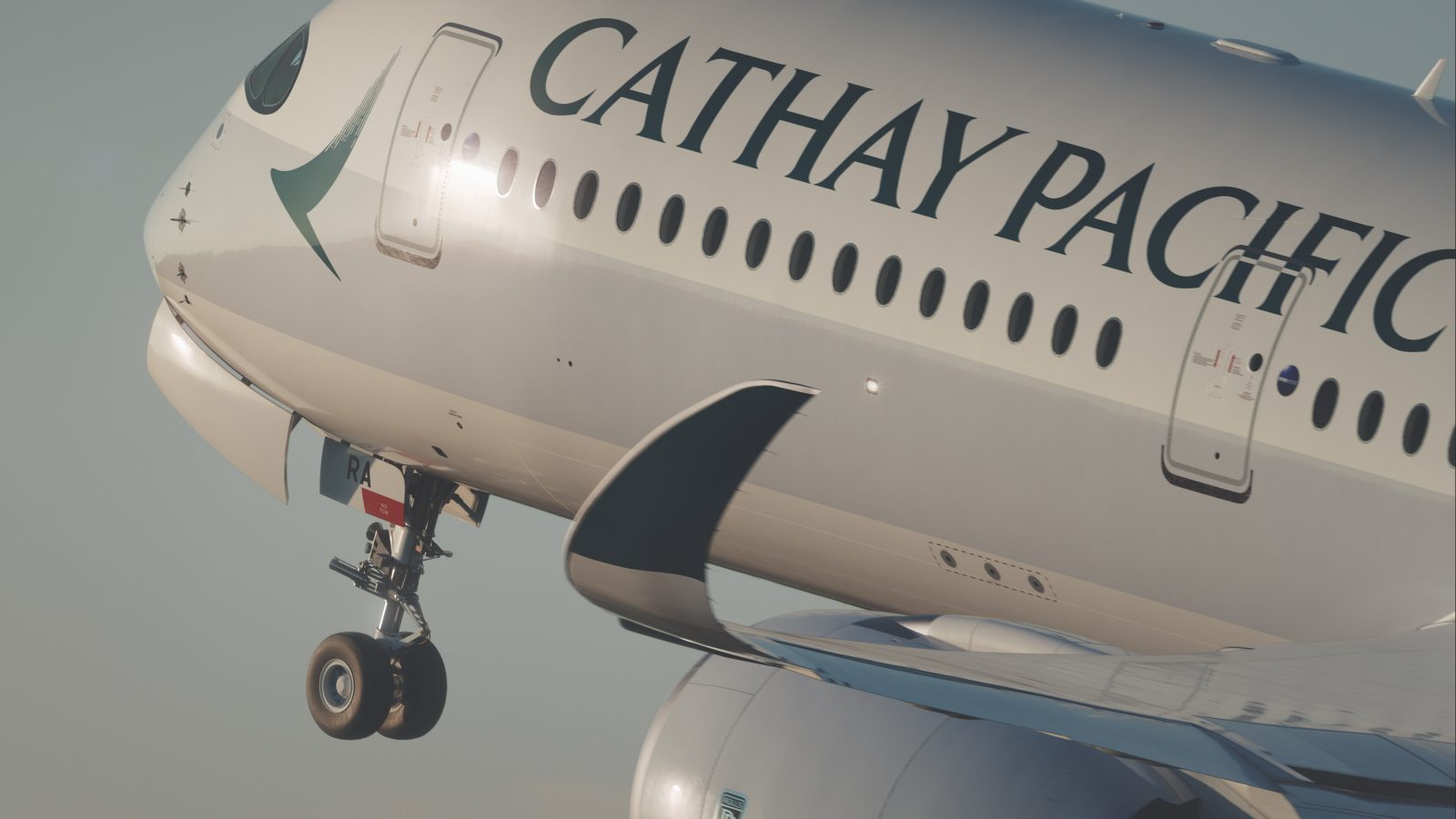
Yesterday, Hong Kong-based Cathay Pacific reported some pretty terrible financial results. The carrier lost HK$1,259 million last year – a significant increase from the HK$575 million loss it reported in 2016. That being said, the airline was quick to point out that the losses slowed in the second half of 2017 – saying there was “evidence of progress” from a multi-year transformation programme it has implemented.
Cathay points to “fundamental structural changes within the airline industry” which it says has created a “challenging operating environment” for causing its woes. Overcapacity and reduced passenger yields (the amount of money an airline make per passenger) from intense competition in Cathay’s home market were cited as some of the biggest problems facing the airline.
But other issues continue to dog Cathay – fuel prices (normally the largest single expense for any airline) increased by HK$5,147 million. That’s a 27% rise on 2016 although the airline noted that losses from botched fuel-hedging deals had been reduced.
What’s more, the airline was fined €57.12 million by the European Commission in a long-running legal case that alleged Cathay had breached Europe’s competition law on cargo surcharges. The airline has again appealed the decision in the case which dates back to 2007.
In an interview with Bloomberg Television, Cathay Pacific chief executive, Rupert Hogg has now provided more details on the airline’s losses – and spoken about what the future has in store for Cathay.
Calling the financials, “sobering numbers”, Hogg explained that the transformation plan would focus on three key areas – creating new sources of revenue, adding value for customers and creating an airline which is “much more productive than we have been in the past”.
Commenting on the cargo side of the business – a bright star that Cathay said “benefited from robust demand” in 2017 – Hogg said the airline had been a “big investor in cargo” and had the biggest cargo centre in the world.

He also pointed to “underlying trends” such as a growth in eCommerce as benefiting the business and dismissed concerns that proposed trade tariffs from the U.S. government would have a significant impact on its cargo operation. Cathay has already invested in creating what Hogg described as a “balanced network”.
For the passenger side of the market, Hogg noted that “fares are set by the market and this is a very competitive market” – referencing the intense competition from rival airlines operating out of the airline’s hub in Hong Kong.
Passenger growth was described as “quite strong” with 3-4% organic growth expected in the next year but Hogg warned that capacity was increasing over and above the rate of growth. Cathay has already sought to compete in the capacity wars by increasing the number of seats on its fleet of Boeing 777 jets.
On the upside, Cathay saw a big increase in the number of high-value premium passengers flying with the airline last year. Hogg said the airline had “invested heavily in lounges” and that its food proposition is “going to be a big concentration for us” (Cathay recently experimented with dine on demand in Business Class although it’s understood the airline ditched the idea after negative feedback from cabin crew).
Facing up to the new world order, Hogg pointedly ended the interview, saying: “We can’t insulate ourselves from the reality of the commercial cut and thrust.”
In the last 6-months, Cathay has been attempting to reduce overhead costs from staff wages and allowances. Pilots at the airline recently threatened to strike if their housing allowances were cut, saying they would be unable to afford to pay rent in Hong Kong’s famously expensive housing market.
Mateusz Maszczynski honed his skills as an international flight attendant at the most prominent airline in the Middle East and has been flying ever since... most recently for a well known European airline. Matt is passionate about the aviation industry and has become an expert in passenger experience and human-centric stories. Always keeping an ear close to the ground, Matt's industry insights, analysis and news coverage is frequently relied upon by some of the biggest names in journalism.







